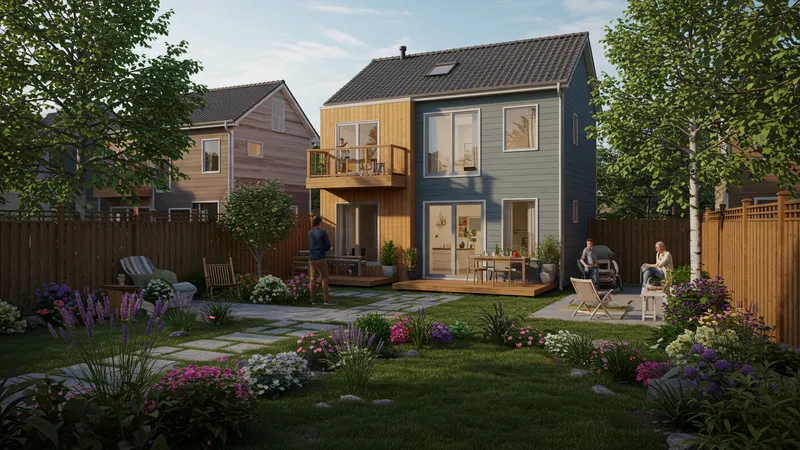
Uncover The Benefits Of Backyard Apartments
Zoning, Regulations, and Public Support for Backyard Apartments
Local zoning and permitting regulations are critical factors shaping the spread of backyard apartments across the United States. In recent years, municipalities—particularly in states like California and Connecticut—have updated building codes to encourage ADU construction. This often includes reduced minimum lot sizes, relaxed parking requirements, and streamlined permitting processes. These changes lower barriers for homeowners interested in adding backyard apartments, making these projects more accessible and affordable.

Public policy can significantly influence the acceleration of backyard apartment adoption. The LA ADU Accelerator Program, for example, provides education, technical support, and incentives for homeowners, with a particular focus on affordable housing and serving vulnerable populations. By reducing red tape and offering financial assistance, such programs ensure a wider cross-section of Americans can participate in this growing housing trend.
Some cities employ fast-track permitting or even pre-approved architectural plans to save time and costs. These efforts help address housing shortages while ensuring that new backyard apartments meet safety and design standards. Data from Portland, Oregon, shows that well-supported ADU programs can generate hundreds of new backyard apartments annually, each offering flexible living or rental options for urban dwellers.
Despite progress, some communities and neighborhoods have additional restrictions—including height limits, setback requirements, and occupancy rules—designed to balance growth with neighborhood character. Residents interested in backyard apartments should investigate local codes and public resources to ensure full compliance before starting construction. This diligence helps guarantee the long-term value and success of their ADU project.